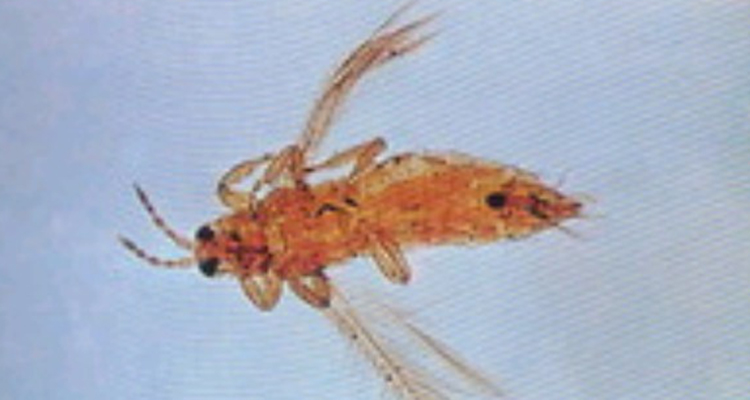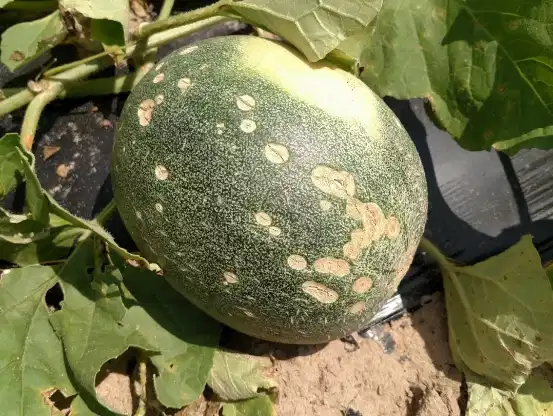Chlorantraniliprole, introduced in the past decade, has become a leading insecticide in agriculture. Despite its effectiveness, its single-use over time has led to resistance in pest populations. To overcome this challenge, innovative formulations that combine Chlorantraniliprole with other active ingredients have been developed. Notably, the combination of Chlorantraniliprole and Emamectin Benzoate stands out as particularly effective.
Practical Application of Emamectin Benzoate and Chlorantraniliprole
To achieve optimal pest control, the 11.6% Emamectin Benzoate and Chlorantraniliprole suspension concentrate is recommended. Apply 5 to 10 milliliters per mu, a unit of area in China equivalent to approximately 0.067 hectares. This dosage effectively manages pests across more than 100 species of chewing insects, ensuring effective crop protection and maximizing yield.
Benefits of the Emamectin Benzoate and Chlorantraniliprole Formulation
- Broad Spectrum Control This combination excels in controlling a wide range of pests, especially noctuid moth larvae. These pests are often resistant to many conventional insecticides, making this formulation highly valuable.
- Enhanced Efficacy Combining two active ingredients with distinct modes of action creates a powerful pest control solution. Chlorantraniliprole disrupts the calcium balance in insect muscle cells, causing paralysis and death. Emamectin Benzoate increases chloride ion influx, leading to extended paralysis and mortality. Together, they deliver potent synergy.
- Resistance Management Using insecticides with different mechanisms helps prevent and delay the development of resistance in pest populations, ensuring long-term effectiveness.
- Reduced Chemical Usage The synergy between Emamectin Benzoate and Chlorantraniliprole allows for lower application rates, reducing the chemical load on the environment and supporting sustainable agriculture.
- Improved Crop Safety Chlorantraniliprole’s systemic properties ensure complete coverage and protection, decreasing the chance of pest damage and improving crop health.






